Just how do you make the locale a character in your novel?
I visited a new blogger from New Zealand last night. She wanted to set her vampire novel in the United States. But she has never visited these faraway shores.
She asked her American friends for help. She needed to know how to write of a locale that she had never visited ...
its customs, its natives, its unique way of looking at life.
I wrote her name and her blog's name on a scrap of paper. I think the feline vagabond prince, Snowball, ate it. But I will try to help her ...
and all my cyber-friends at the same time.
Just take what seems reasonable to you and fling the rest to the cyber-winds:
Each city whispers in its own voice. Your city. My city.
You know streets that whisper to stay away at night.
You know what scandal has stained some avenue beyond repair.
You know what person's name is spoken in hushed tones long after he or she has died and been buried in your city.
Each city has its own personality. Like a human's, it changes with trauma, years of abuse, and moments of historic impact.
Lifting the veil from the distinctive features of the setting of your novel makes your whole narrative come alive for your reader.
But how do you do that verbal sleight of hand?
Research.
Google Earth is a great help.
Tapping your own knowledge on what it means to be human in an inhumane world.
Using YouTube to catch the accents, manner of dress, and way of holding the body that each nation has.
Keep the following in your focus :
Details.
Some obvious to tourists. Some that you have to ferret out by research in the library, on the internet, or by listening to a local visitor to your setting.
Feelings.
How does your hero/heroine feel about those details? How have they affected the protagonist and those important to him or her?
Weave those details and emotions into a rich tapestry of irony and longing.
What shadowed corner of your setting is especially dangerous or emotion-laden to your central characters? Why?
Paint a passage where that tapestry flutters in the shadows, not quite completely seen but more evocative because of that.
Time.
What era is it in your setting? Has your protagonist lived through more than one era of time in it?
How has the passing seasons shaped his/her mind, opinions, and outlook for the present? For the future? How does your protagonist view his and the setting's past?
As for FRENCH QUARTER NOCTURNE:
I worked on the streets of New Orleans for a time so the images, smells, and despair were fresh in my mind.
Which was a help and a hindrance. What one written detail brought into focus for me would not be in the memories of most of my readers.
I had to enter the blank slate of the reader's mind. Evoke in him/her an archetypal detail of touch, taste, and sight that would paint a landscape of the mind.
Every reading experience is a collaboration between reader and author in that way.
No two readers will take away the same mental images from the same author's words because each reader has his own distinct treasure-trove of memories and beliefs.
Still every author must bring his readers into the "now" of the novel's locale.
Not just by sight but by smell and by touch -- and even more important by the emotions evoked by each of those details.
Go from the universal to the specific with words. Meld detail with the characters' emotions.
In FRENCH QUARTER NOCTURNE I used actual quotes of politicians at the time of Katrina to ground the reader in the reality of the hurricane's aftermath, slowly melding the fantasy aspects so that the fantastic became more acceptable.
And at the same time, I used specific sensory details, blending them in with the main character's emotions to give the locale a personality of its own.
I like to think I succeeded. Only the readers can tell me if I did. I hope this has been helpful in some small measure.
************
In honor of D. G. Hudson, here is a little taste of Paris :
Squid Eats: The Wise Fool
16 hours ago
















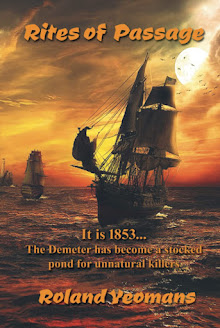








































































































































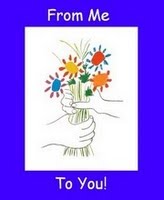

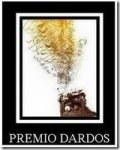

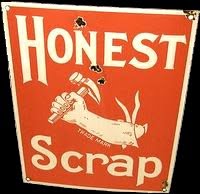


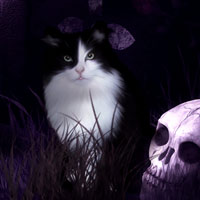




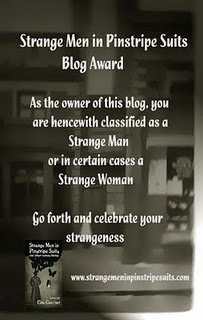
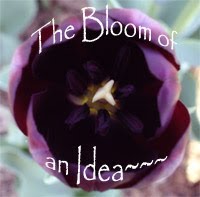



















YouTube videos - smart idea! That would provide a lot of details.
ReplyDeleteSomeone else who wrote about a city in the past mentioned reading other books set in the same place and time.
Alex:
ReplyDeleteYes, YouTube is a great resource that gives a lot in a small time. Reading other books set in the same time is a great idea as well. :-)
I've used YouTube videos for researching lots of things for my wips -it's such a great resource. It's amazing what you can find on there!
ReplyDeleteGreat tips!
Kimberly:
ReplyDeleteYouTube is indeed a great resource. Thanks for the kind words. :-)
I always feel nervous when I'm writing about places I haven't been to. I've been leaving the details scarce in my new WIP until I can do some heavy duty research.
ReplyDeleteI like what you say about painting a landscape in the mind. We writers have to do our best to set the scene for readers, lest we fail at our job.
J E:
ReplyDeleteI know what you mean -- in DEATH IN THE HOUSE OF LIFE, I am writing about Egypt in 1895, and since I do not have a time machine, I am doing much research -- did you know that YouTube has actual video footage of a Cairo street in 1895? Neat, huh?
Painting a landscape will make our novel seem real to the extent that locale reads real.
Thanks for dropping by. :-)
Merci, Roland. I love Madeleine's voice. I never tire of Paris, either. You provided another cheery note when I needed it.
ReplyDeleteI liked the tips you mentioned about detail and feelings. Google Earth is fantastic. I love it.
D.G.:
ReplyDeleteI love Madeleine's voice, too. I especially like her DANCE ME TO THE END OF LOVE.
I'm glad I helped tonight. :-)
Nice of you to help a fellow kiwi.
ReplyDeleteWendy:
ReplyDeleteThe least that I could do: I'm a Kiwi at heart -- now, if I could just get my body there! :-)